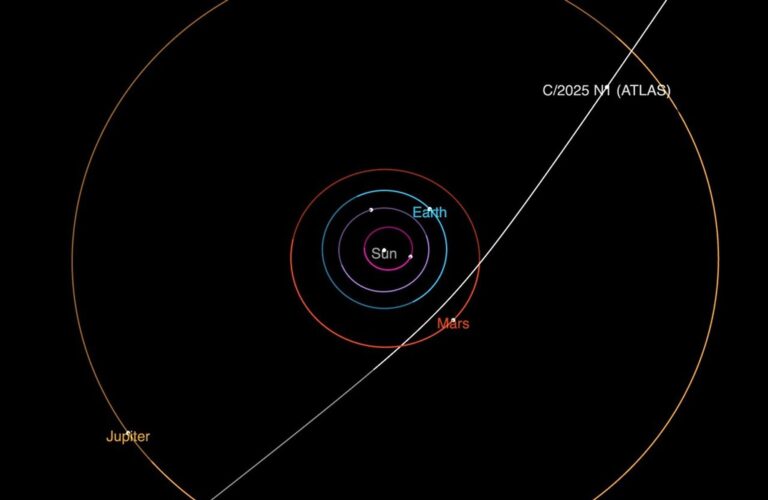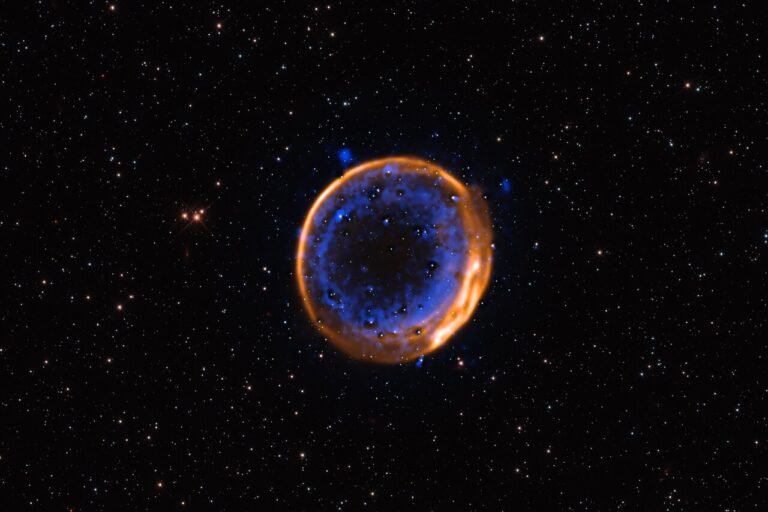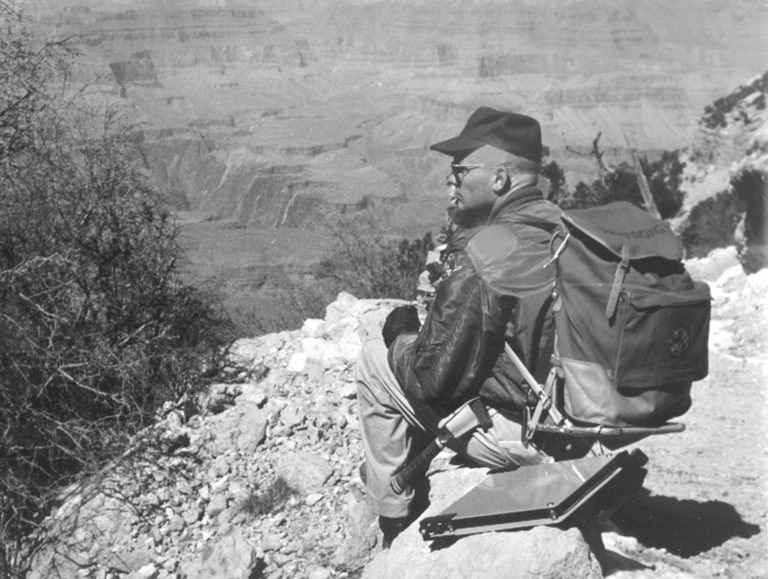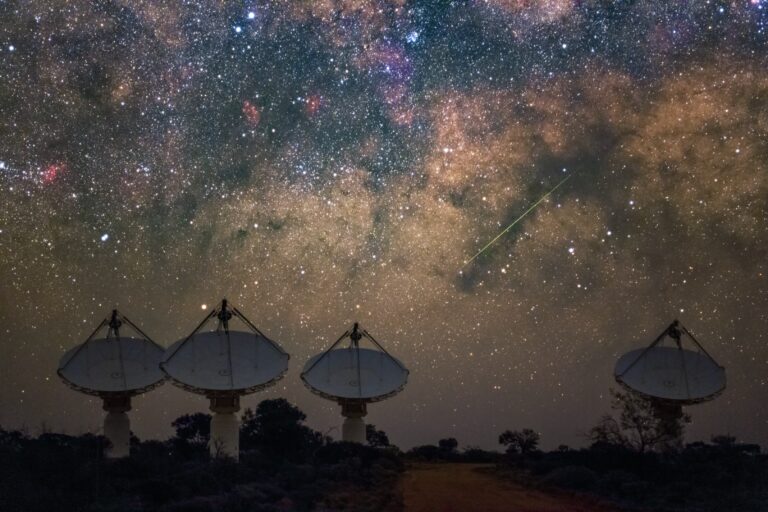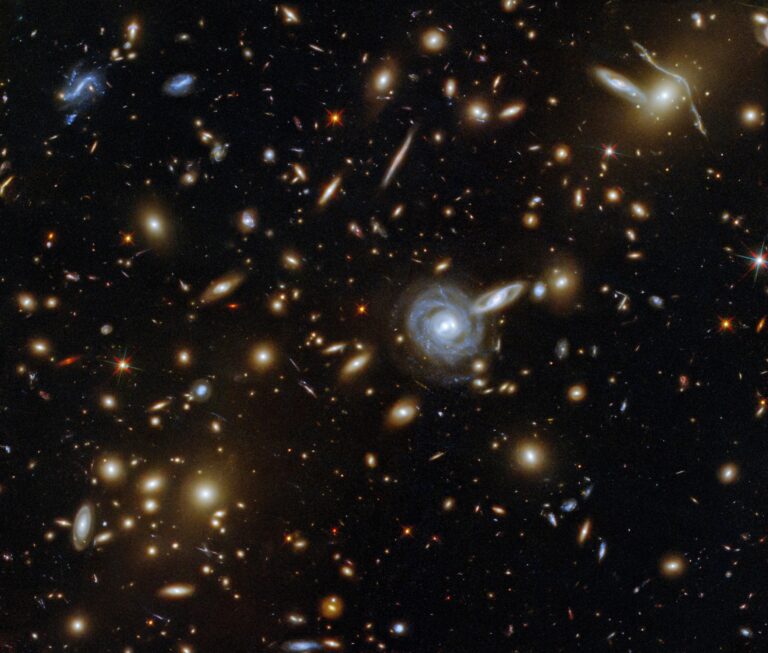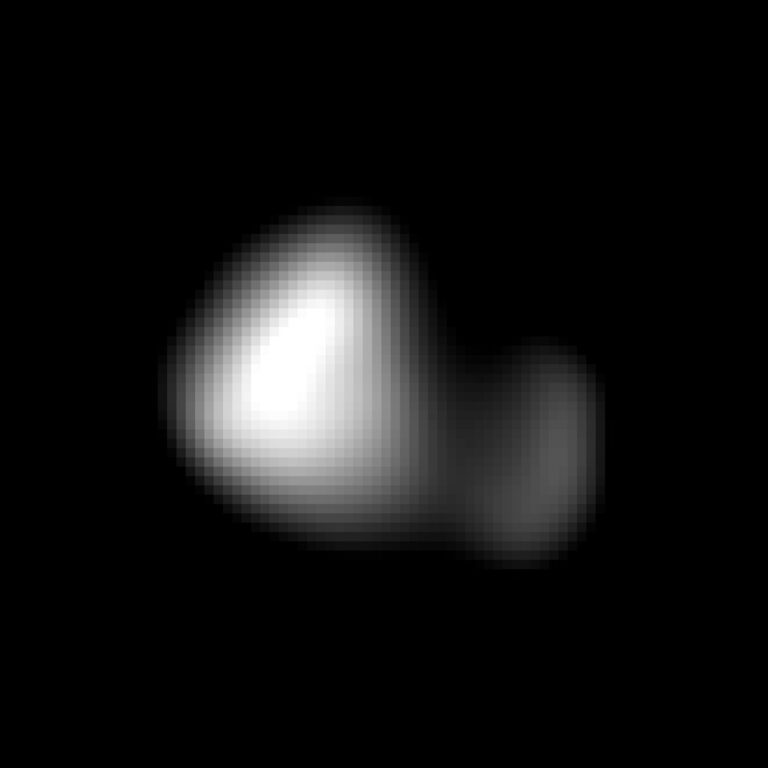Key Takeaways:
Where is the universe’s most awesome energy? And can we grab some of it?
Right now, when days are longest, our impulse might flow in sync with the ancient Greeks and Egyptians, who’d say it’s the Sun. It’s a good first guess. We’re talking nuclear fusion. In 1920, when Arthur Eddington explained how the Sun shines, it seemed astonishing. At high enough temperatures, four ordinary, plain-vanilla hydrogen atoms fuse into one of helium. The Sun relies on this conversion to power its astounding 96 billion-megaton-per-second output. That’s 96 billion H-bombs going off continuously in the solar core.
Amazingly, we humans figured out how to do the same atomic consolidation. The first time was in 1952, with a colossus the size of a building. Mike, as the device was known, held supercold liquid deuterium (hydrogen’s heavier cousin) for fuel and a fission bomb to light the fuse. Our next H-bomb blast, in 1954, was named Castle Bravo and used a solid fuel instead. This largest-ever U.S. explosion yielded 15 megatons and surprised scientists, whose incorrect calculations made them expect “only” a 6-megaton blast.
But no matter how big our explosions get, the stars will overpower us every time. Ultra-high core pressure boosts the fusion process in winter’s Rigel and summer’s Deneb. These overcaffeinated stars release the energy of 200,000 Suns. Calling them stars is to underappreciate their nonstop explosions. Yet they’re still the minor leagues compared with supernovae. When the Crab exploded on the 4th of July in 1054, it was as bright as a half-billion Suns. Even now, long after the crowds have gone home, the crazy whirling of its tiny collapsed pulsar still manages to continuously emit the energy of 75,000 Suns.
“SOME BELIEVE A VACANT PICKLE JAR OF EMPTY SPACE COULD BOIL AWAY ALL OUR OCEANS IN 3 SECONDS.”
For that we must seek perfect efficiency, the total conversion of mass to energy. That requires colliding matter and antimatter. It’s not science fiction. Antimatter fountains spew like geysers from our own Milky Way. We observe its telltale energy signature in effusive gamma rays, the sure sign of positrons (antielectrons) meeting electrons. It’s the 100 percent conversion of matter to energy.
A single gram of mozzarella cheese, fully converted, could power a 100-watt bulb for 30,000 years. Any material is as good as any other. A dollar bill weighs a gram. A twenty would work, too, but why go crazy? Squeezing the energy from a single paper currency note could run a 1-horsepower motor from 1500 B.C. right through this Election Day. No wonder Geordi La Forge grew nervous every time the starship Enterprise’s warp core was about to lose its antimatter containment.
Given our proclivity toward misadventure, it’s probably good that we can’t get our hands on much antimatter. It is insanely expensive. Although an Amazon search leads to the optimistic link “antimatter in all departments,” the problem is the unavailability of antiprotons. Europe’s CERN thinks it should be able to produce 10 million antiprotons per minute. Sounds like a lot, perhaps, but when mated with positrons it would then still take 100 billion years to manufacture a single gram of antihydrogen. NASA estimates a gram of antimatter would cost $62 trillion. Buying generic doesn’t help.
Is any power greater?
Yes. Vacuum energy, also called zero-point energy. This unseen power fills all of space. Some believe a vacant pickle jar of empty space could boil away all our oceans in 3 seconds. Unfortunately, the disparity between its theoretical energy and what little hard data we have differs by 100 orders of magnitude. The Z-point power discrepancy is so huge, it’s called the “vacuum catastrophe.”
And catastrophe might indeed follow if we could figure out how to capture and exploit vacuum energy. So when we watch Independence Day fireworks, we might remember that, yes, Homo bewilderus has learned how to make ever-bigger booms. But they’re baby burps compared with what the universe has hiding in reserve in each bit of seeming emptiness.
Contact me about my strange universe by visiting http://skymanbob.com.




